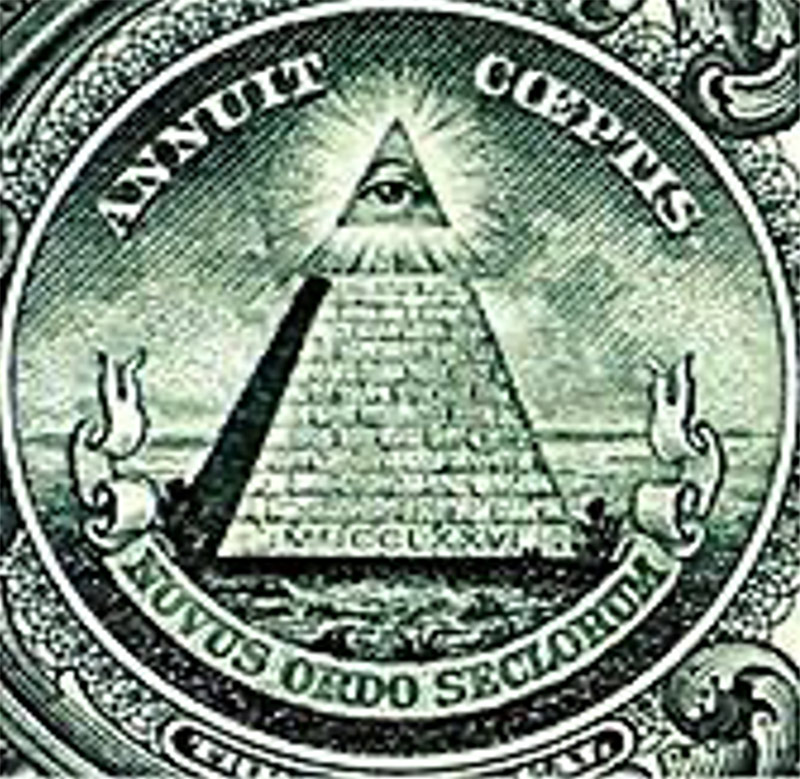By Linda Conlin, Pro to Pro Managing Editor

Turn over a dollar bill and looking back at you is the Eye of Providence from the reverse side of the Great Seal of the United States. It is meant to represent the protection of divine providence. The Eye of Providence is a symbol recognized by Freemasons everywhere as a beautiful representation of the watchful care of the Supreme Architect. Perhaps because they are direct extensions of the brain, eyes have long been considered the windows to our souls, mechanisms of prophecy, and as symbols of inner spirituality and the cosmos. The symbolism of the human eye has been found in cultures around the world for thousands of years, and many of these symbols still exist.
Based on symbols found in tombs from more than 2000 years BC, the Eye of Horus was one of the most frequently used symbols in ancient Egypt. The Egyptian myth tells of the god Horus losing his eye in battle against a rival to avenge his father’s death. A goddess restored the eye, which Horus then used as an offering to his father, Osiris. Osiris was revitalized, and the Eye of Horus became a symbol of well-being, healing and protection that still is used today. It is believed that the Rx symbol is derived from the Eye of Horus.
The third eye, also called the mind's eye or inner eye, is a mystical invisible eye, usually depicted as located on the forehead, which provides perception beyond ordinary sight. Hinduism, Buddhism, Taoism, and Theosophy all reference a third eye, representing knowledge, wisdom, and enlightenment. The Bindi is the colored dot worn on the forehead in several cultures of the Indian subcontinent and Southeast Asia to represent the third eye.
But it isn’t all good. The evil eye dates back about 5,000 years. Some version of it is found in many cultures around the world with the belief that receiving the evil eye will cause misfortune or injury. References to the evil eye can be found in Christianity, Judaism, and Islam. The desire for protection against the evil eye resulted in the creation of talismans representing eyes, hands, beads, crosses, horns, and others. Hand gestures and phrases also are used when someone thinks they may have been in the gaze of the evil eye. Many of the talismans, gestures, and phrases can be found in the present world.
It is believed that Alexander the Great had heterochromia, with one light eye and one dark, which was considered to indicate otherworldly and heroic qualities, fear of which may have contributed to his conquests. Because we have an innate preference for symmetry, people with heterochromia were feared, considered evil, and believed to be connected to supernatural events. Some Native American cultures believed different color eyes in dogs were ghost eyes that enabled them to see heaven with one eye and earth with the other. Today, heterochromia is intriguing and beautiful. At least one negative myth doesn’t persist!












